
From Kale to Spinach Which Green Fights Inflammation Better
13 min read Comparing kale and spinach to determine which leafy green offers superior anti-inflammatory benefits, backed by science and nutrition facts. (0 Reviews)
From Kale to Spinach: Which Green Fights Inflammation Better?
Imagine the towering displays at your local farmer’s market: bundles of deep-green kale leaves, next to mounds of fresh spinach. Both claim a seat at the health food table, but when it comes to warding off inflammation—the silent root of many chronic conditions—which leafy green is truly superior? Let’s explore the science, nutrient breakdown, and actionable ways to incorporate these greens for maximum anti-inflammatory benefit.
Kale vs. Spinach: Unpacking the Basics

Kale and spinach have developed reputations far beyond their roots as humble salad fillers. Both are scientifically classified as cruciferous and leafy greens, but their botanical differences influence their nutrient offerings. Kale ( Brassica oleracea) is a member of the cabbage family, while spinach ( Spinacia oleracea) is more closely related to beets and quinoa.
What is inflammation, anyway?
- Acute inflammation helps us heal from injury.
- Chronic inflammation persists, potentially triggering heart disease, diabetes, and autoimmune disorders.
So, combating excessive inflammation through diet is a top strategy—and greens are famous contenders.
At a glance:
- Kale: Mosly curly, robust leaves. Slightly bitter, earthy taste.
- Spinach: Soft, smooth leaves. Milder, more neutral flavor.
Anti-Inflammatory Nutrients: The Science
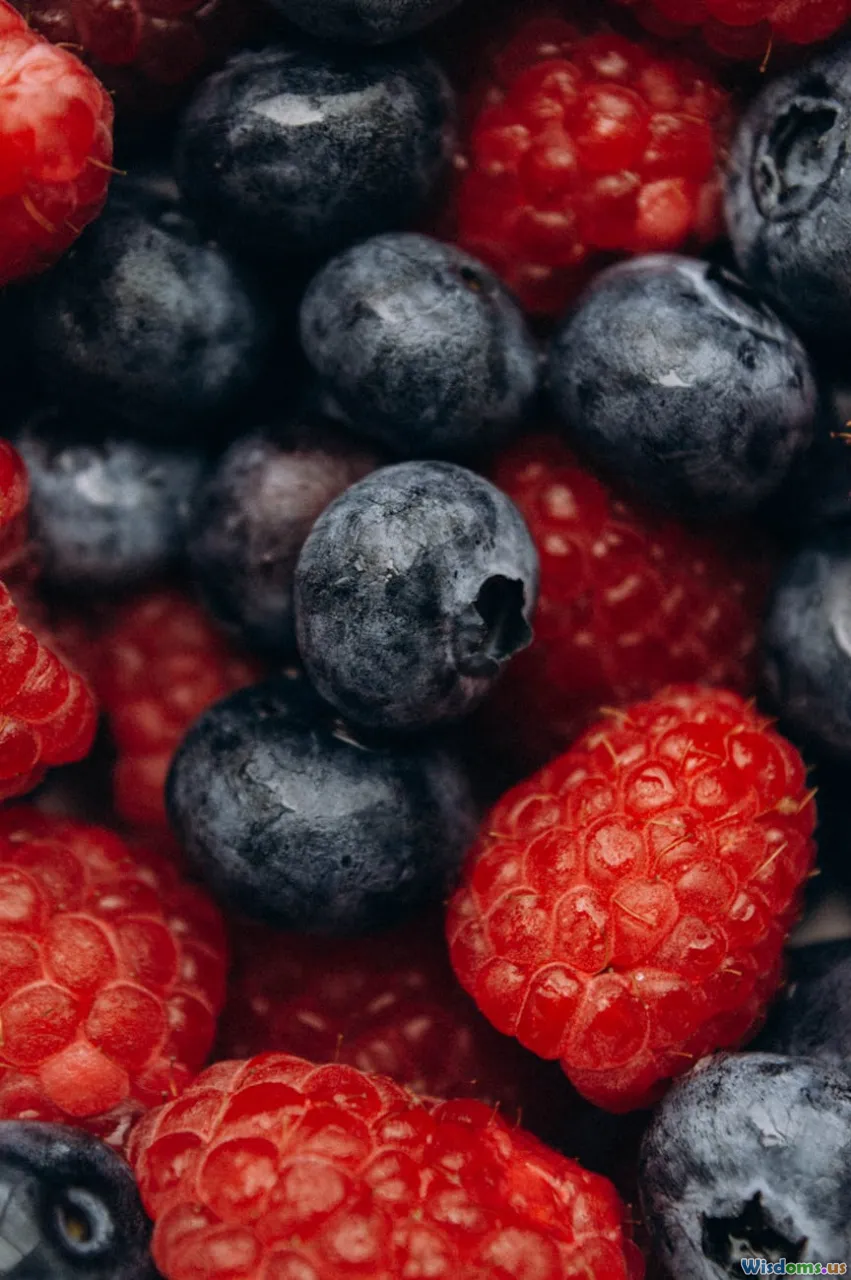
Anti-inflammatory effects in foods are mostly credited to their phytonutrients—plant compounds with powerful protective abilities. Let’s examine which of our two leafy contenders brings more to the table.
1. Vitamin C
Both kale and spinach pack a vitamin C punch, though kale often edges ahead. Vitamin C is a key defender, mediating damage from free radicals, and supporting healthy immune function.
- Kale: ~120mg per cooked cup (Nearly 133% of your daily value!)
- Spinach: ~17.6mg per cooked cup
Example: Consuming a large kale salad can help counter oxidative stress after intense exercise.
2. Vitamin K
Vitamin K, especially K1 (phylloquinone), not only helps your blood clot but also regulates inflammatory responses.
- Kale: ~530mcg per cooked cup (Nearly 440% DV)
- Spinach: ~888mcg per cooked cup (740% DV)
Spinach takes the lead here, though both pack potent amounts.
3. Flavonoids and Carotenoids
These compounds (like quercetin, kaempferol, beta-carotene, and lutein) act as anti-inflammatory soldiers. They tamp down on key pathways that cause tissue swelling and pain.
- Kale: Especially rich in kaempferol, quercetin, and beta-carotene.
- Spinach: Higher in lutein and zeaxanthin; moderate quercetin, kaempferol.
Fact: A 2017 journal article identified higher intakes of flavonoid-rich greens correlated with reduced C-reactive protein (CRP) levels—a key marker of chronic inflammation.
4. Omega-3 Fatty Acids
While most leafy greens only provide small traces, both kale and spinach contain alpha-linolenic acid (ALA) — a plant-based omega-3.
- Kale: ~121mg per raw cup
- Spinach: ~56mg per raw cup
Though not a primary omega-3 source, every bit helps, and kale wins by a narrow margin.
Kale’s Unique Advantages
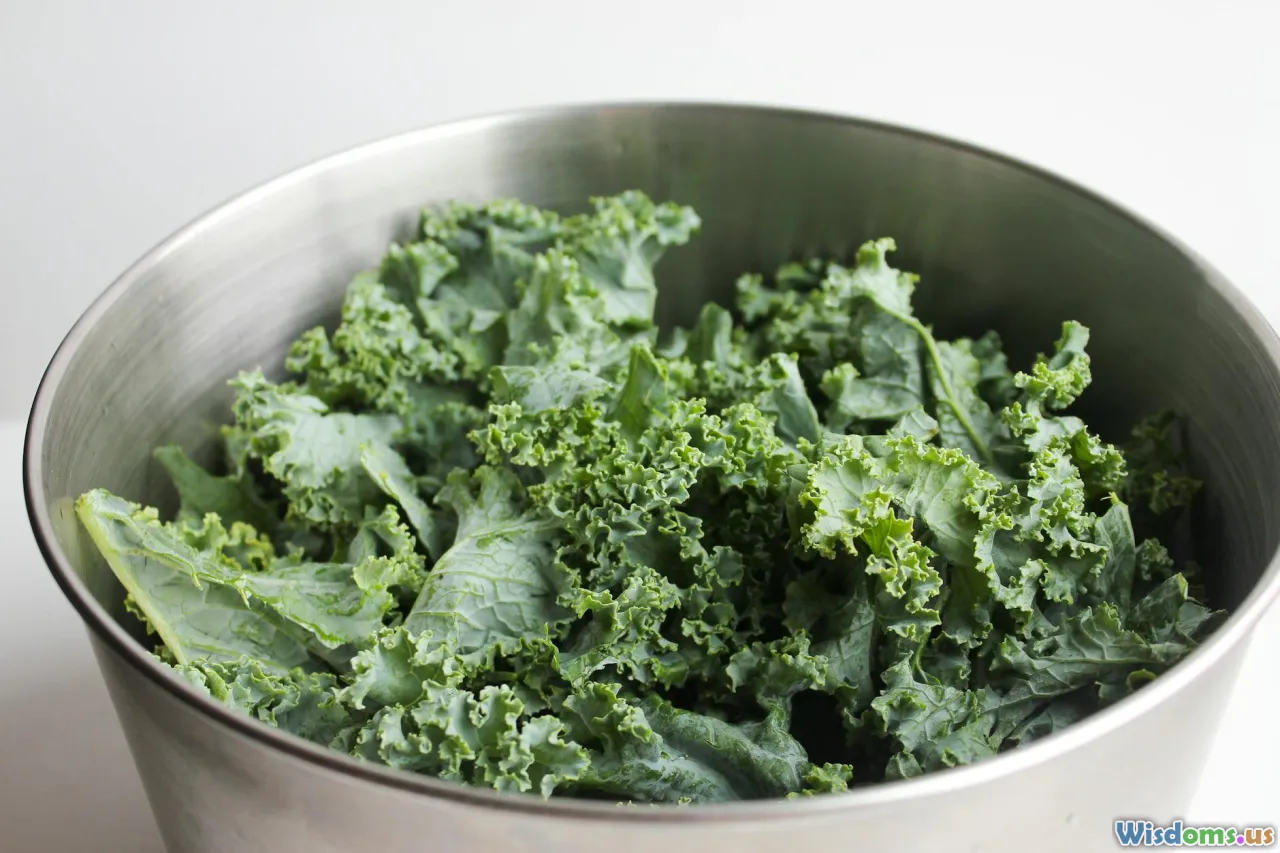
Why do health influencers often rave about kale? Scientific and culinary reasons abound:
Dense in Sulforaphane
Kale is a cruciferous vegetable, supplying sulforaphane—a unique anti-inflammatory phytochemical.
- Action: Sulforaphane activates Nrf2 pathways, bolstering internal antioxidant systems and reducing NF-kB-driven inflammation.
- Example: One study found regular consumption of cruciferous vegetables like kale upregulated genes responsible for detoxification.
Calcium Content
- A cooked cup of kale delivers nearly 300mg of calcium (for bone health, another area linked to inflammation), more than any other leafy green.
Cooking Note
- Kale’s cell walls soften when lightly steamed or massaged, releasing even more available nutrients while preserving those anti-inflammatory benefits.
Spinach’s Distinct Strengths
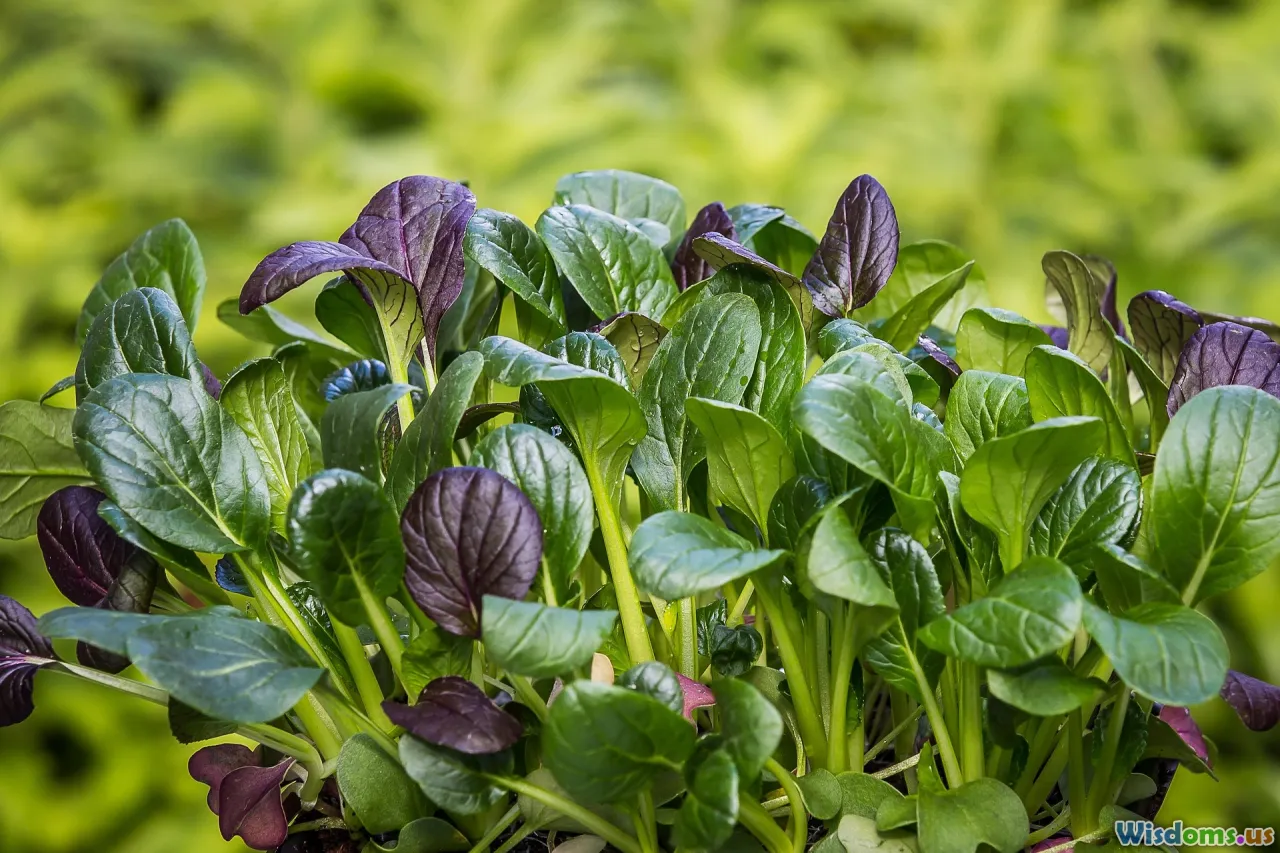
Spinach is no nutritional slouch; it boasts its own unique suite of powers.
Rich in Folate (Vitamin B9)
- Spinach is one of the best plant sources. Folate reduces homocysteine, a compound associated with systemic inflammation and cardiovascular risk.
Iron and Magnesium Reservoir
- A single cooked cup provides 6.4mg iron and over 150mg magnesium—minerals essential for oxygen transport and quelling inflammatory processes.
Example: For endurance athletes (prone to micro-inflammation from intense training), spinach's mineral content can aid performance and recovery.
Bioavailability: Raw or Cooked?
- Cooking spinach boosts absorption of certain nutrients (like vitamin A and iron), though vitamin C drops with heat.
- Raw spinach is higher in vitamin C and folate.
Tip: Lightly wilting spinach preserves the best of both worlds.
Busting Myths About Anti-Nutrients

You may have heard claims that kale and spinach are risky because of their anti-nutrients: oxalates and phytates. These compounds can bind minerals, slightly reducing absorption. Here’s the reality:
- Spinach: Higher in oxalates, which may pose mild concerns for those with kidney stone history—but heating (blanching or cooking) significantly reduces these.
- Kale: Much lower in oxalates, and its calcium is better absorbed (a bonus for inflammation-prone joints).
Actionable advice: Blanch spinach before eating if you have a history of oxalate issues, or pair raw forms with vitamin C-rich foods for optimal absorption.
Head-to-Head: Which is More Anti-Inflammatory?
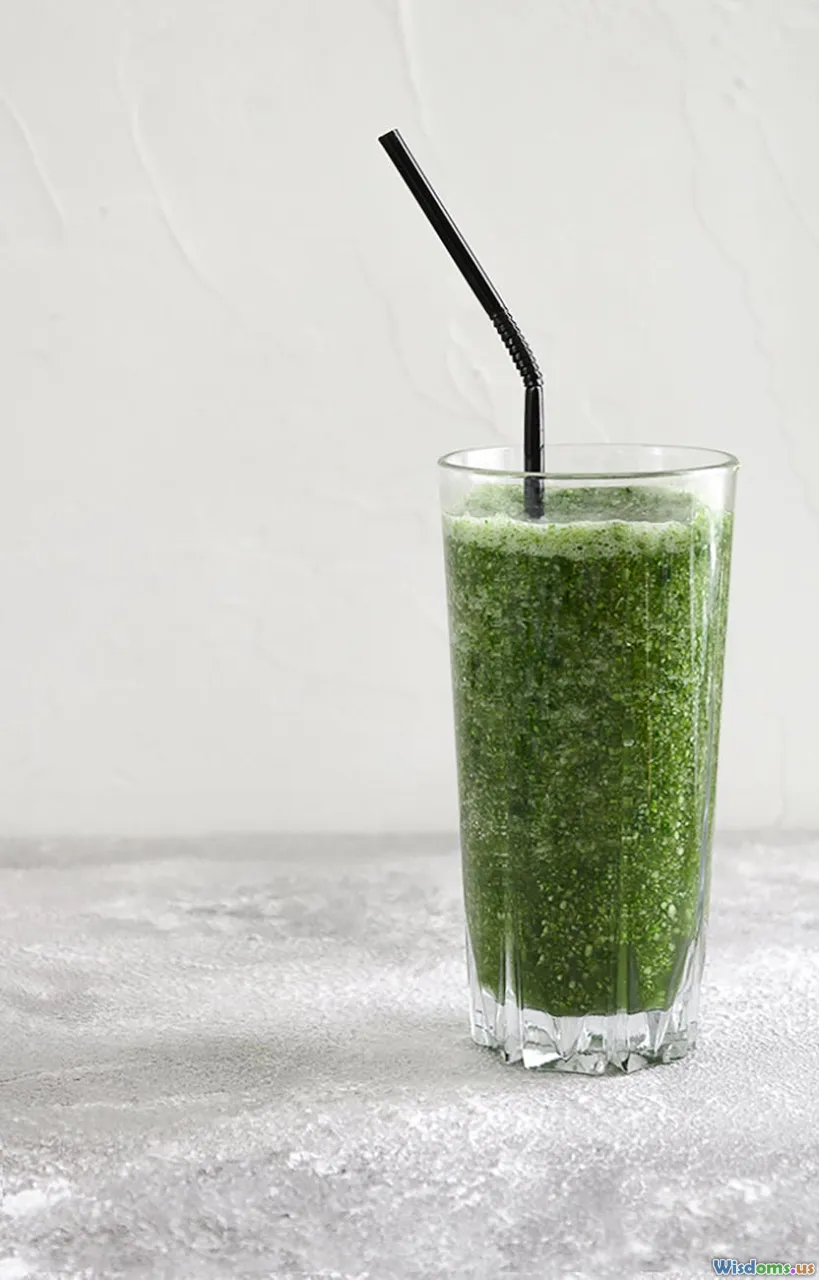
Putting all the numbers and science together:
| Kale (1 cup, cooked) | Spinach (1 cup, cooked) | |
|---|---|---|
| Vitamin C | 120mg | 17.6mg |
| Vitamin K | 530mcg | 888mcg |
| Iron | 1mg | 6.4mg |
| Calcium | 177mg | 245mg |
| Magnesium | 30mg | 157mg |
| Folate | 19mcg | 263mcg |
| Flavonoids | High (quercetin, kaempferol) | Moderate (lutein, zeaxanthin) |
| Omega-3s | 121mg | 56mg |
| Oxalates | Low | High |
What’s the bottom line?
- Kale offers more vitamin C, sulforaphane, and omega-3s, edging ahead in general for those seeking maximal anti-inflammatory support, particularly for immune health and detoxification.
- Spinach reigns in vitamin K, magnesium, folate, and iron, making it indispensable for heart health, metabolism, and repair.
Incorporating Greens: How to Maximize Anti-Inflammatory Impact
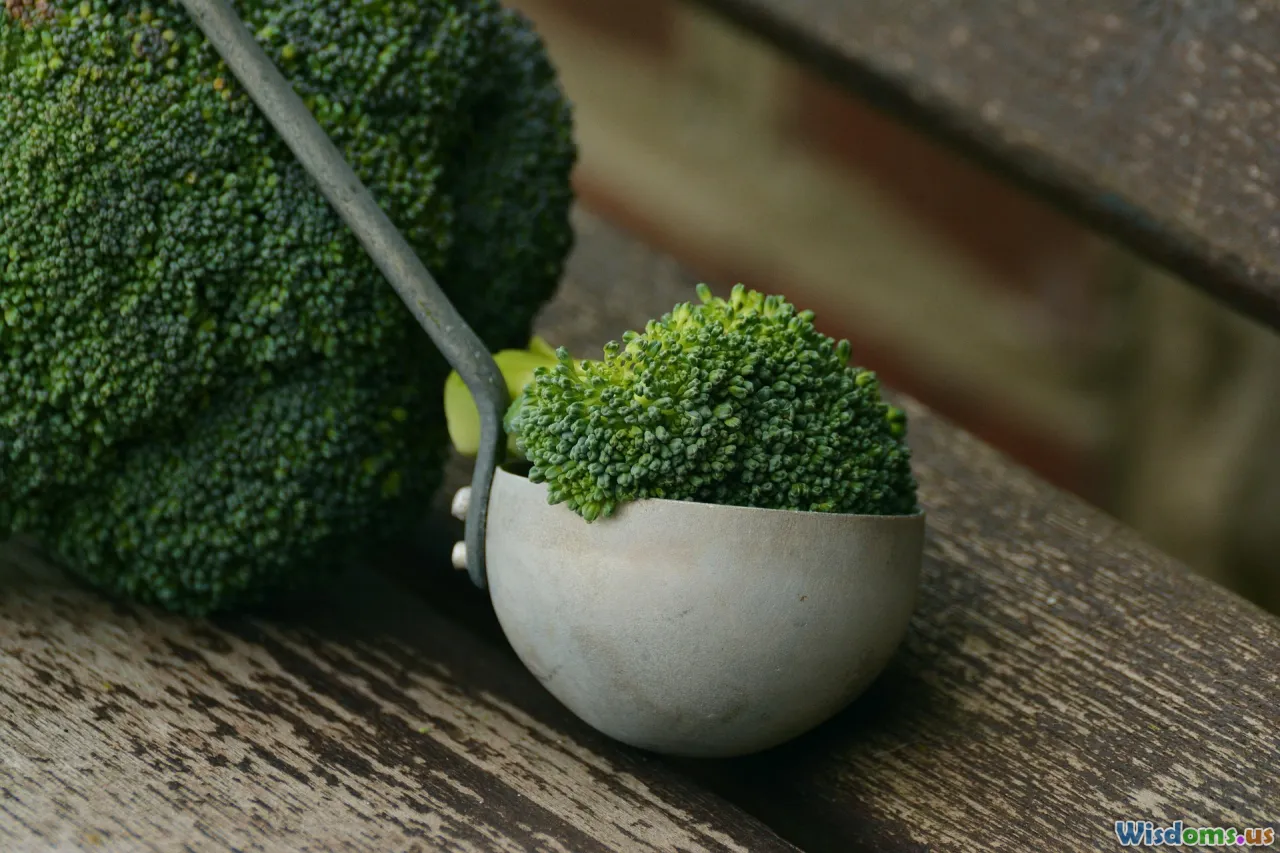
Knowing which to eat is just half the story. Getting the most benefit depends on how you prepare and combine them.
Eat a Diversity of Greens
No single food is a magic bullet. Try mixing kale and spinach throughout your week to broaden your range of nutrients and phytochemicals.
Prep Tips for Ultimate Power
- Kale: Massage raw leaves with a teaspoon of olive oil and a pinch of salt—this makes salads more palatable and boosts carotenoid availability.
- Spinach: Blend into smoothies with citrus, or lightly wilt and toss with garlic for a power-packed side.
Add Anti-Inflammatory Extras
- Healthy fats: Drizzle with cold-pressed olive oil or sprinkle chia seeds over salads to increase the absorption of fat-soluble nutrients (A, E, K, carotenoids).
- Herbs & spices: Turmeric, ginger, and black pepper elevate more than just flavor—they add their own anti-inflammatory cohorts.
Sample Meal Plan for One Day
| Meal | Dish | Green | Anti-Inflammatory Boost |
|---|---|---|---|
| Breakfast | Green smoothie | Spinach | Flaxseed, ginger |
| Lunch | Warm kale salad | Kale | Chickpeas, olive oil |
| Dinner | Stir fry | Both | Turmeric, sweet potatoes |
| Snack | Hummus dip | Fresh spinach | Lemon juice |
Beyond the Salad: Surprising Ways to Enjoy These Greens

Feel stuck in a salad rut? Innovative ways to sneak in greens, all with inflammation in mind:
- Kale chips: Baked with a light olive oil and smoked paprika.
- Spinach pesto: Substitute half or all basil with fresh spinach.
- Sautéed mix: Spinach and kale with garlic, lemon, and a handful of cherry tomatoes.
- Soups and stews: Stir chopped greens in last, preserving nutrients.
- Smoothies: Add frozen kale and spinach for a creamy (and virtuous) result.
Special Considerations: Who Should Favor Which?

Both kale and spinach suit almost every plate, but there are caveats depending on individual health needs:
- Kidney stone history: Limit large amounts of raw spinach due to its oxalate content. Blanching or sautéing reduces risk.
- Warfarin users: Both greens are very high in vitamin K and should be consumed in consistent, moderate amounts to avoid interfering with medication.
- Thyroid concerns: Very large amounts of raw cruciferous like kale may inhibit thyroid function due to goitrogenic compounds—but normal culinary portions are generally safe, especially when cooked.
Final Thoughts: Celebrate Both Greens for Anti-Inflammatory Living
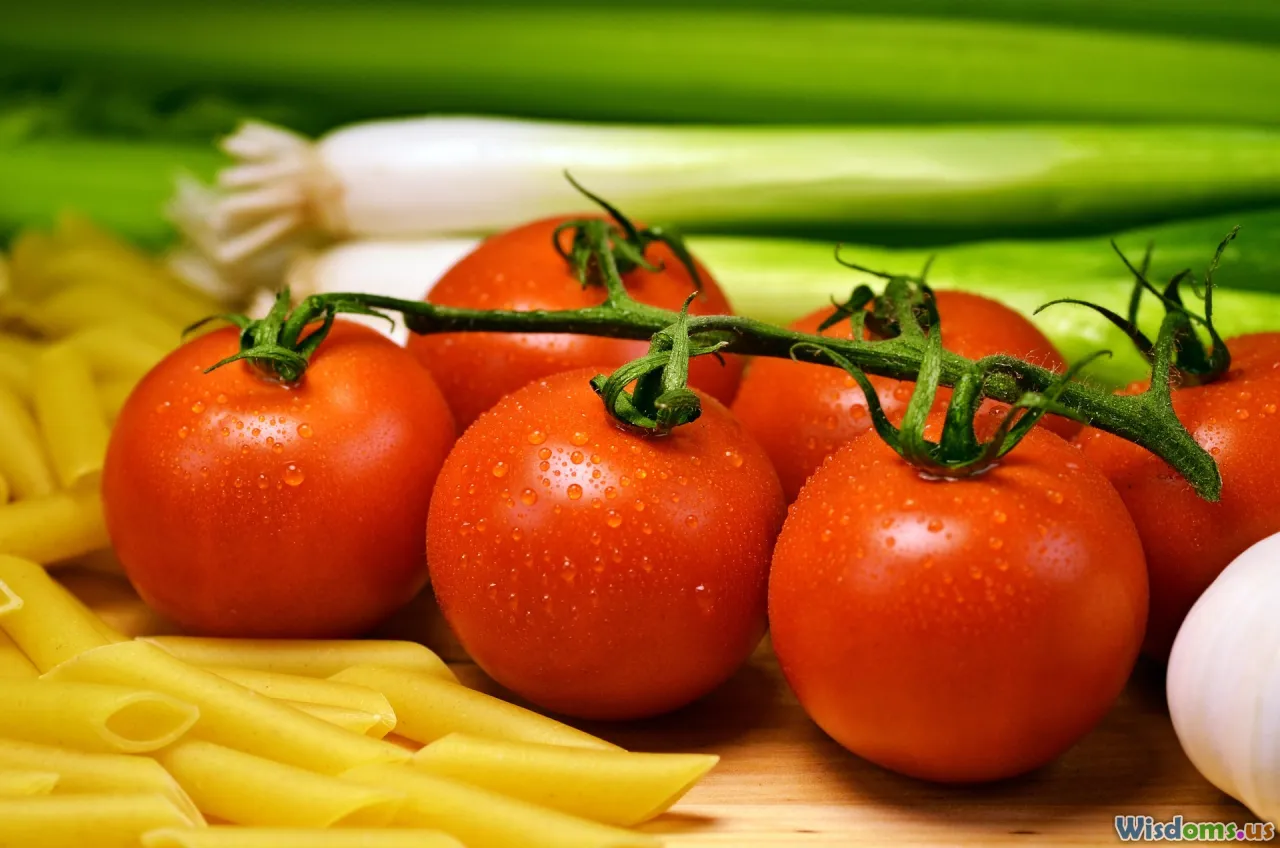
Kale and spinach bring their own strengths to the anti-inflammatory party. While kale ekes out a modest victory on the sheer breadth of unique anti-inflammatory compounds, spinach’s richness in minerals and folate means it holds its ground as a nutritional powerhouse. Ultimately, balance and variety are your best culinary weapons.
Instead of choosing one over the other, aim to swirl both kale and spinach across your plates. In creative salads, hearty soups, sizzling skillets, or zesty smoothie bowls, there is room for both—and your body’s defense systems will thank you.
Rate the Post
User Reviews
Popular Posts















